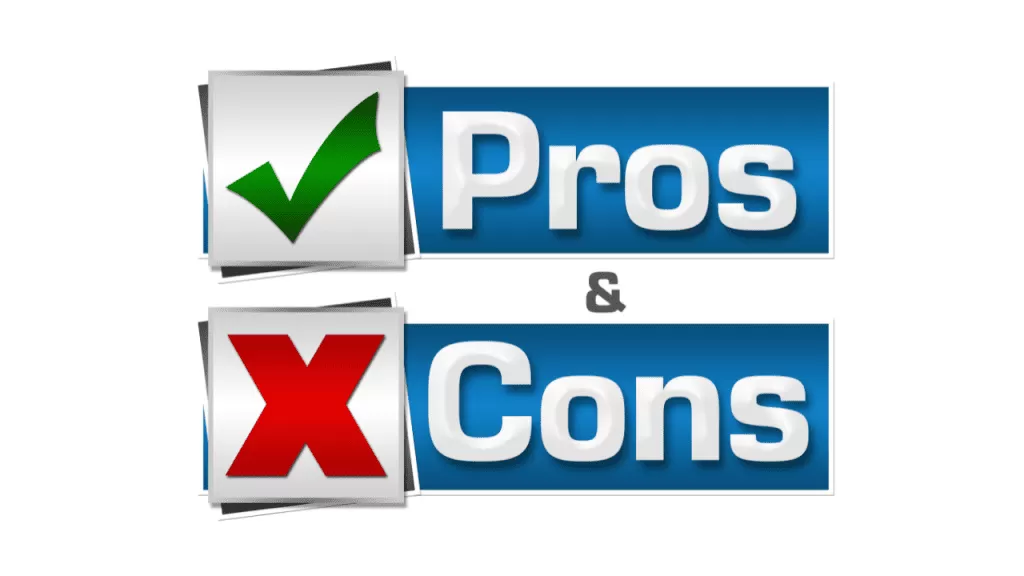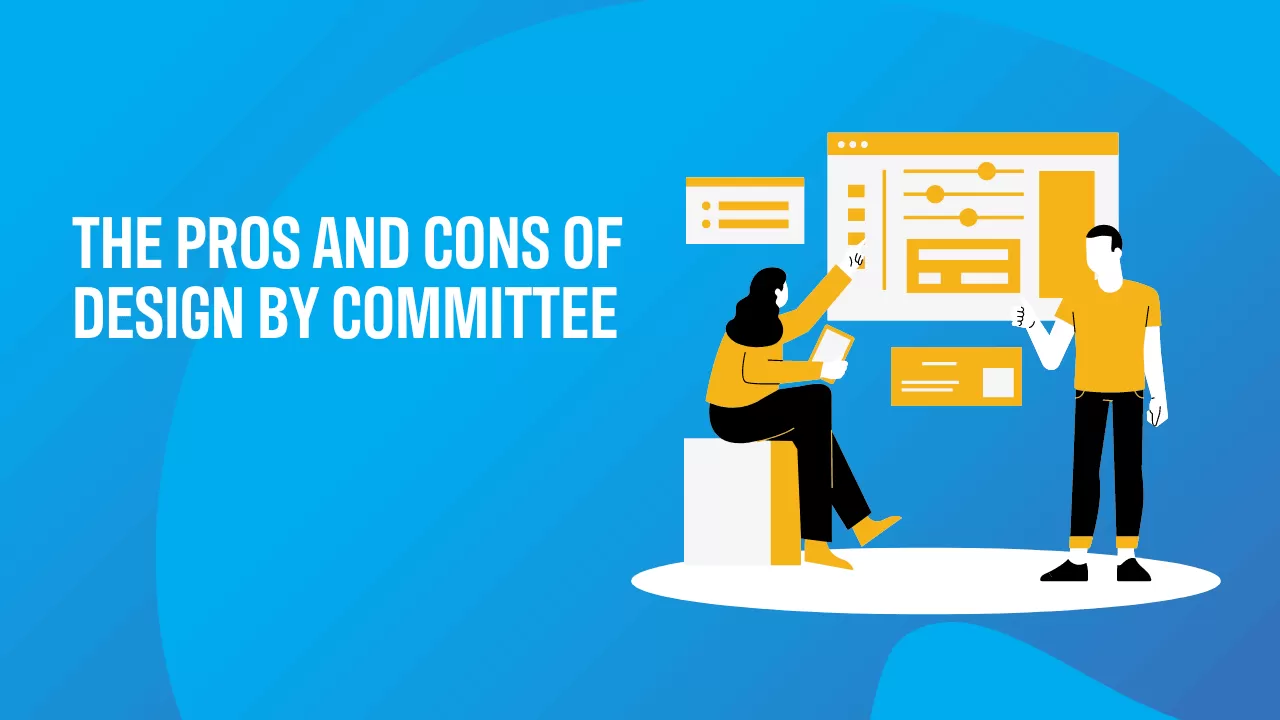As a web or graphic designer, the idea of designing by committee may fill you with dread. But sometimes, when there are numerous stakeholders involved in a project, it’s unavoidable. In this article, we’ll explore the pros and cons of designing by committee and how to make it work for you.
Firstly, what is design by committee? It’s the process of having numerous decision-makers involved in the design process, often resulting in a design created by consensus. Designers often want to shy away from this approach, as it can significantly raise the risk of derailing a brief and ending up with a result that nobody is 100% happy with.
Having too many people making decisions without a clear structure can delay a project, which will ultimately cost more money for the client, and time for the designer. But it’s not all bad, and it can work, as long as it’s done right.
If you find yourself in a position where you must design by committee, having clear roles defined is crucial. There should be a main point of contact with the designer, and there should be established decision-makers at the very beginning of the project.
Let’s examine the pros and cons of this approach.

Pros
- Alternative points of view Having a balanced view can be extremely helpful. If you have team members who are on the same page as you, you can trust their opinion, knowing that their feedback is based on the goals in the design brief. It may be that the current design concept isn’t solving one of the problems outlined in the brief, or there could be important questions you can discuss with the designer.
- Less overwhelm Having a team can take a huge amount of stress off your shoulders during a design project. You can delegate tasks and appoint roles within your team when it comes to decision-making and communication. There is also less chance of something being missed when you have more eyes on the target.
- More enthusiasm from the team When your team is contributing to the decision-making process, they’re going to feel more included in the overall project. This increases their enthusiasm for the brand, and they are more motivated for it to succeed.
Cons
- Too many opinions There is always a risk that a team member’s opinion can come from a personal preference, rather than the goals of the design brief. When these opinions dilute the overall decision-making process, it can become too difficult to choose the right direction.
- Confusion for the designer If no point of contact is established, or if too many members of the team are suggesting changes, it can become overwhelming for the designer. They will be working within the requirements of the brief, and it’s important that they have a clearly appointed contact if they need to discuss any changes to the design.
- Clashes in the team Quite simply, you can’t keep everyone happy. If one opinion seems valued over another, it can cause tension in the team. This can detract from the project and take the focus off the main goal: to create the right design for the brand’s target audience.
Conclusion
Designing by committee has both pros and cons. It can be helpful to have a balanced view and share the workload, but it’s important to have clear roles defined and a point of contact established to avoid confusion and tension. As a designer, it’s important to manage the process and communicate effectively to ensure that the final result meets the goals of the design brief.

